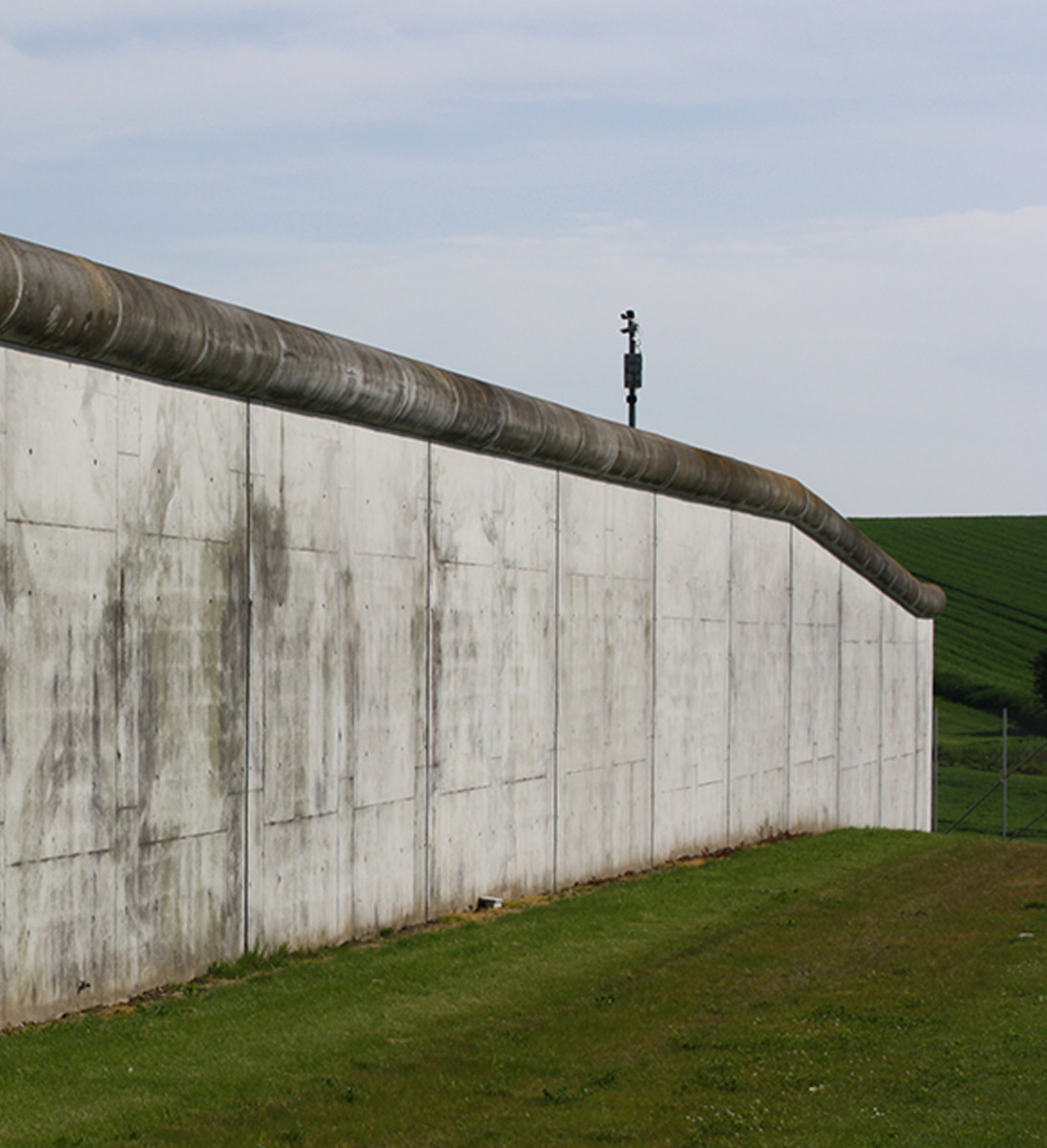Disciplinary Spaces
Roles and Opportunities of Architecture In Correctional Service
- Author
- Attila Batári DLA
- Supervisor
-
Péter Sugár DLA
- Year
- 2017
- Download disszertáció
Crime and punishment are accompanying the history of mankind from the very beginning up to these days. Crime must be punished – it’s a fundamental social and ethical norm. However, semantic meanings of crime and punishment have changed significantly through the different eras and according to the types of societies.
Imprisonment could only have developed into a general punishment when freedom has become recognised as a value and wrongdoers started to be punished by depriving them of this particular value, freedom. Surprisingly enough imprisonment as a form of punishment and the prison as an institution to implement it are modern concepts, “inventions” of early capitalism.
The present paper attempts to show prison architecture of our times in the context of changes. Practice of correctional service has been very much affected by the social and ideological changes of the second half of the 20th century. Humane approach is getting more and more important instead of the exclusionary aspect of the earlier ages. Focus has been placed on human right issues. It has become essential to handle social problems, to help offenders reintegrate into the society, to rehabilitate them. Punishment of the body is being taken over by nurture of the soul.
Prison architecture also needs to meet these requirements. Contemporary building complexes with their spatial organisations, massing and interior design must take part in the rehabilitation process. Apart from this, they also must be economical with efficient operation, adequate employment of the prisoners and reduced number of staff.
Most prisons nowadays however are not new buildings, but ones with about hundred years of history. Out-dated structures are hardly if at all suitable for implementing new ideas. Therefore, historical overview is needed to examine the background of currently operating penitentiaries. Foreign (European) and Hungarian prison history are in close relation with each other. With a small delay Hungary has always been following European ways of development. Morphological typology of prisons offers a conceptual account of massing and spatial organisations of buildings in use. Possibility opens within this context to demonstrate the principles of operation, systems of control, and the changes in prison concept.
Expectations of modern times make it necessary, and social sciences provide a wide-range of possibilities to approach contemporary prisons from different perspectives: Philosophy provides the means to understand the operation of power and total institutions. Ethical questions emerge from social and professional explanations. Methods of prison psychology and environmental psychology illustrate the widespread information available. International and national examples prove not only architectural diversity, but the fact that appearance of buildings becomes a part of educational psychology, while being an effective tool of implementing reintegration goals.
